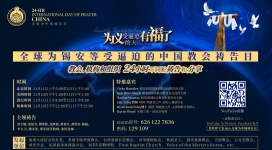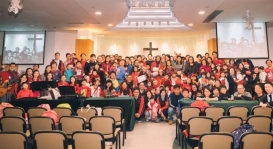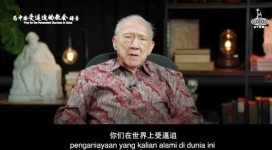During the Cultural Revolution, China’s GDP was ranked as the last of the world. Thirty years after the reformation, her GDP is now ranked as the world’s second. What’s more is that she has become the largest holder of debts for the most powerful nations in the world. She has used thirty years to catch up with the West’s modernization process that took around two hundred years. What kind of success factors are there?
Dr. Thomas In-Sing Leung, president of Cultural Regeneration Research Society, explained the development process of the Chinese civilization and the Chinese model of joy and sorrow at the “Cultural China” forum held on July 10th.
China, an ethnic people group that has experienced “cultural traumas”, stemming from the Chinese Revolution to May 4th Movement, and then to Deng Xiaoping’s Economic Reform, is suffering from the “post-trauma symptoms”, said Leung. After the reform, the country’s production strength was unleashed, which steadily boosted her to power.
Leung provided an analysis of the areas in history where there are economic successes, which predominately originate from small cities or nations, such as the 15th and 16th century Venice, Florence, and Britain. However, small nations are often times abused and destroyed by large empires, so only when England became from a small nation to a large empire was it able to maintain her success.
“Yet another successful example of uniting cities and becoming an empire is the United States, which originated from an empire, united the states, and formed a one body multi-cultural empire. But the empire’s cultural spirit of unity is based upon the Puritan’s value perspectives, which views wealth as given by God, so the nation is often generous in donating to the disadvantaged people groups,” he said.
[To be cont'd...]
Thomas In-Sing Leung: The Chinese Model of Joy and Sorrow, Part II







